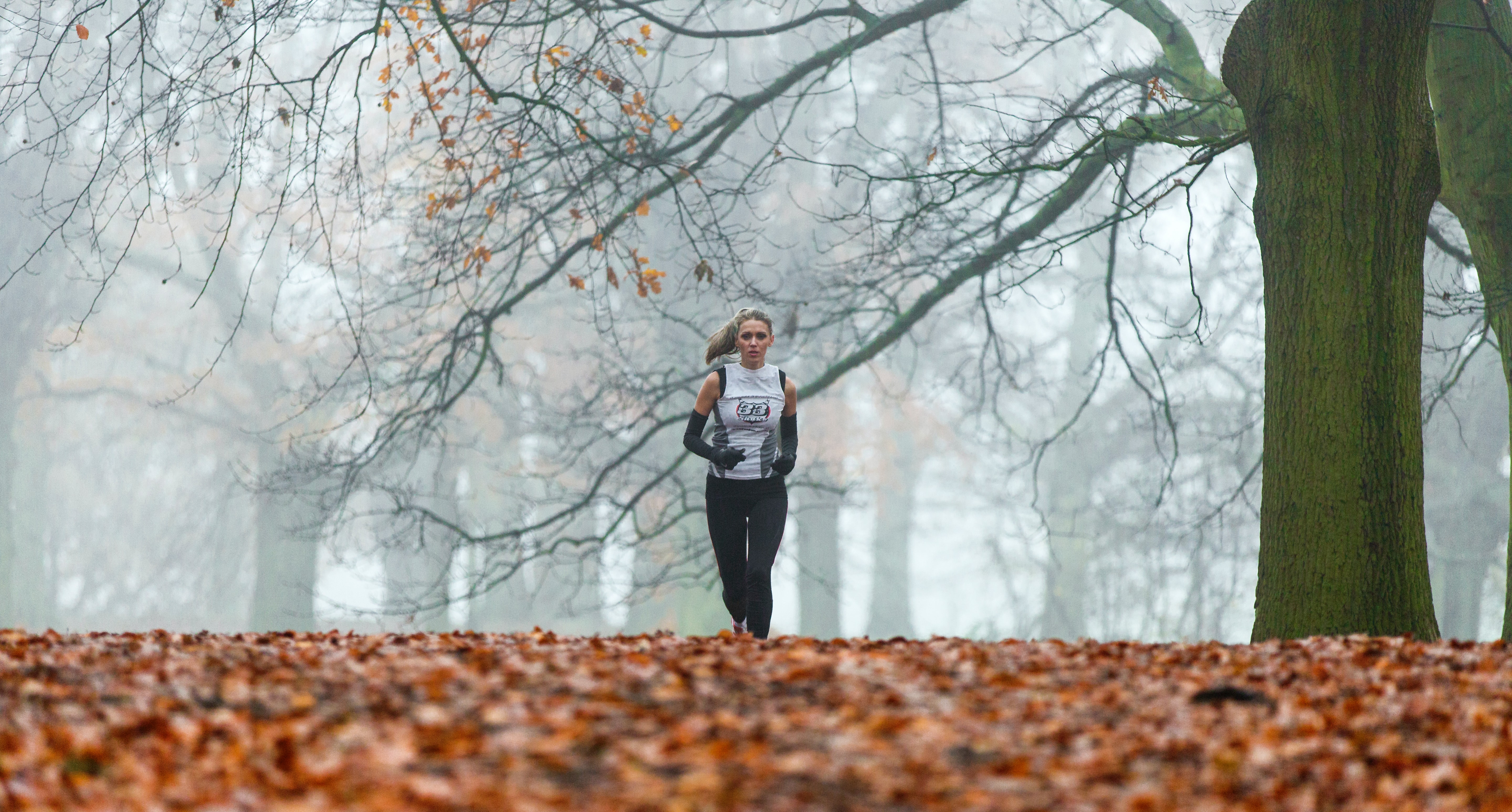Running is one of our simplest human activities. We are built to run and require no equipment to do it. Despite this,running has become a very daunting activity for many and loved by others. It is a great way to stay fit and healthy and it can be a fantastic way to de-stress and unwind from a long day, greatly benefitting our mental health. It is also a load bearing activity which is essential for keeping our bones strong and healthy.
Running has gotten a bad reputation for a number of reasons. It can be difficult and painful for some. This really shouldn’t be the case. A lot of issues that are caused by running are more a result of the approach to it, than the activity itself. The only exception to this is if there are prior health concerns or injuries which make running an excessive risk.
If running was approached with a sensible and conservative approach, most issues can be avoided. We humans have a tendency to get a little bit excited by new ideas. As most of us have been able to run at some point in our youth, we are led into a false sense of ability. The reality is that if you haven’t run in a long time you might not be prepared to go back running.
Running is interesting in that your cardiovascular fitness will often improve faster than your joints and muscles. This means you get a sense of ability and fitness that may exceed your durability. Quite often people do too much too quickly. They may also get put off by the initial realization of how unconditioned they might be. Overall, you get a situation where people avoid running due to discomfort or fear of injury. This perception scares many who haven’t started at all.
So many fear that their speed will be mocked by other, fitter runners. The more you can cope with running, the faster you will improve. If you do too much too soon, you might get an injury which halts all progress. Having confidence that less is more and slow is ok needs to be established and accepted.
Here are 5 tips which can open the world of running back up to anyone who is afraid they cannot do it.
Little and often.
10 mins of running every other day exposes you to the stresses of running in small amounts. Regular recovery also allows you to heal from the damage of this stress. Initially, shorter runs on a regular basis will allow for a gradual but manageable application of these stresses, from which your body can react and grow stronger. Avoid long runs early on, as the damage will require multiple recovery days and may lead to pain. This is a sure way to put you off running altogether. The prospect of a shorter run is also a lot more manageable mentally. Always finish your run feeling like you could have done a little more, as this usually prevents you doing too much damage.

Slow is ok
For most people getting back into things, the time on feet is beneficial whether it is at a jog, walk or a full sprint. If you are struggling with running for prolonged periods then break it up with brisk walking or a slow shuffle jog. The time on feet with a little heightened cardiovascular demand will still help improve fitness. As fitness builds, you will run longer and faster. Staying inside this comfort zone is ok if it means you are able to stay consistent and injury free.
The wonders of low intensity running
Keep it regular
The length or speed of your runs is a lot less important than consistency. Leaving long periods between runs causes progress to stall. The body only needs small amounts of stress to adapt; short runs are very effective if completed regularly. Long runs are ineffective if weeks pass between them.
Be realistic
Often runners are put off by the other runners they come across. It is quite common for runners to try match pace or catch the person ahead. The reality is if you are not racing then you shouldn’t get drawn into competition. Focus on yourself; the other runner may be a professional running an easy recovery run or it can be someone running a short hard interval. You must be realistic and stick to your own plan which reflects your own ability.

Keep it simple
You don’t need to do speed work or intervals to become a better runner. Building endurance and durability is something even top runners place massive emphasis on. When in doubt, just focus on running a little further each time and don’t worry about the rest. A good base of endurance will help later if you decide you want to build speed.
It’s not always about going fast, It’s about not slowing down
Many experts talk about running form and technique a lot. This can confuse a lot of new runners. The reality is good technique is both subjective and very individual to a person. If you run comfortably and pain free then you are probably running ok. Some coaching helps but for most individuals, if they concentrate on running relaxed, their form will fall into something which is efficient for them. Stressing about what is good or how it should look often causes people to do things which are not suited to them. This creates a lot of other problems.
Running is a great way to exercise and stay healthy. It can be enjoyable and social for all ages and backgrounds. The hardest part is getting started and staying both committed and patient. Eventually you can build things up to enter 5km park runs, 10km charity runs and even marathons. It will take time; you must enjoy the process and not get put off or feel rushed. Keep it simple and consistent and you will see massive progress. The worst thing you can do is listen to those who think you must destroy yourself every single run for it to be worthwhile. Take your time and just enjoy it!
[yikes-mailchimp form=”1″]
